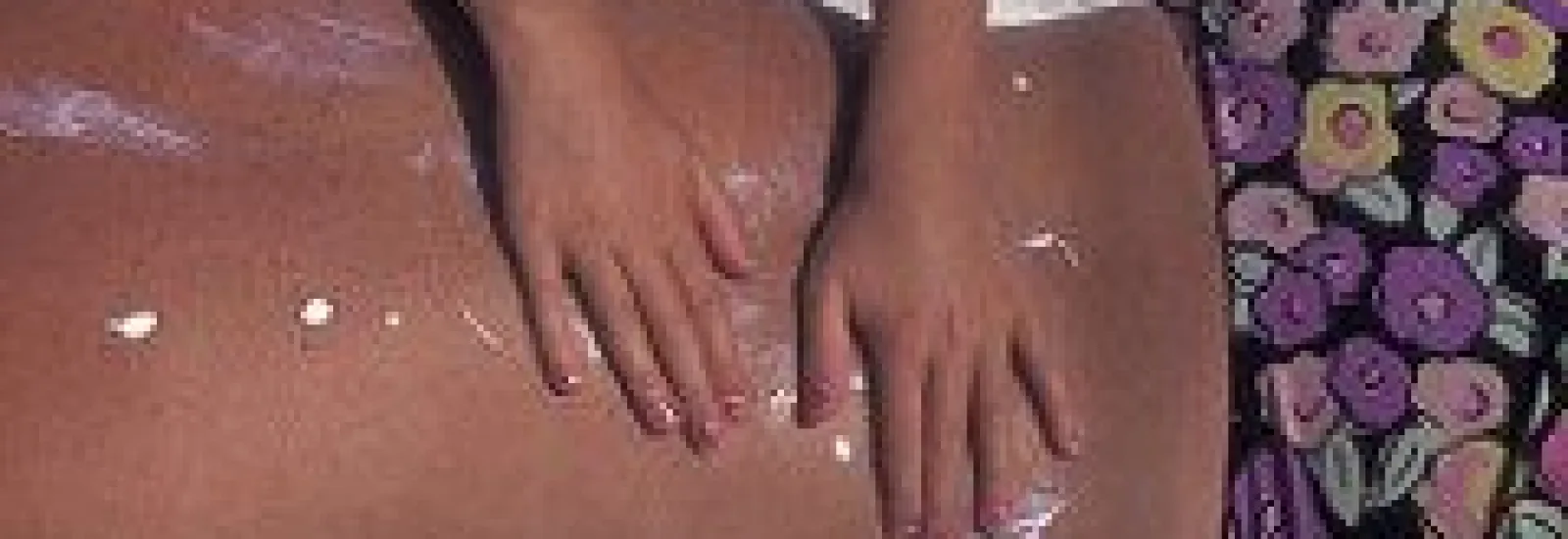
Skin cancer awareness: What you need to know

The Centers for Disease Control and Prevention (CDC) explained that skin cancer is the most common cancer in the United States with millions of new cases each year. The CDC also noted that skin cancer increased significantly from 2003 to 2012.
There are many effective treatments for skin cancer; however some cases do prove fatal. Increasing skin cancer awareness by arming yourself with knowledge about the disease can lead to earlier detection and more effective treatment.
Melanoma
The most dangerous type of skin cancer is treatable if caught early. Melanoma is dangerous because it can spread quickly from the skin to other areas of the body resulting in widespread tumors. However learning how to detect it can help you recognize melanoma in its early stages.
The American Academy of Dermatology (AAD) explained that there are many aspects to potentially cancerous moles. First check to see whether or not one-half of the mole or lesion doesn’t match the other. Also the border may have an irregular pattern. It also may have more than one color within the same lesion and could be larger than 6 millimeters in diameter. Moles that change over time indicate malignant growth as well.
Melanoma can show up anywhere on the skin including the hands feet genitals mouth under the fingernails and on the scalp. Regularly check your skin all over to look for suspicious moles lesions or dark streaks under the fingernails as these may be cancerous. These lesions may also be itchy painful occasionally bleed or they may not be felt at all.
Non-melanoma skin cancer
While there are many types of non-melanoma skin cancers the AAD noted that the most common types are basal cell carcinoma with millions of new cases every year. Another major cancer in this category is squamous cell carcinoma which has about 700000 annual cases the AAD explained
These common skin cancers are also primarily caused by repeated exposure to UV rays. This means that both squamous cell carcinomas and basal cell carcinomas tend to develop on the face back of the hands and neck but may occur elsewhere.
Recognizing non-melanomas
Skin cancer can take many forms on the skin and even the same type of cancer can look different. For example a basal cell carcinoma may look like a pink dome-shaped nodule on a person’s nose but on a different person it may appear to be simple scar tissue. Similarly any of these cancers may look like another and they can appear on any surface of the skin — even the mucous membranes of the eyelid.
The AAD recommended regular skin checks to familiarize yourself with your skin so that you can notice changes early. The Skin Cancer Foundation noted that 1 in 5 Americans will be diagnosed with skin cancer in their lifetime so skin cancer awareness is important for people of all ages and ethnicities. If you have any areas on your skin that are unusual please see a dermatologist. Your dermatologist is your best ally in the early identification and successful treatment of skin cancer.
Image source: Flickr

